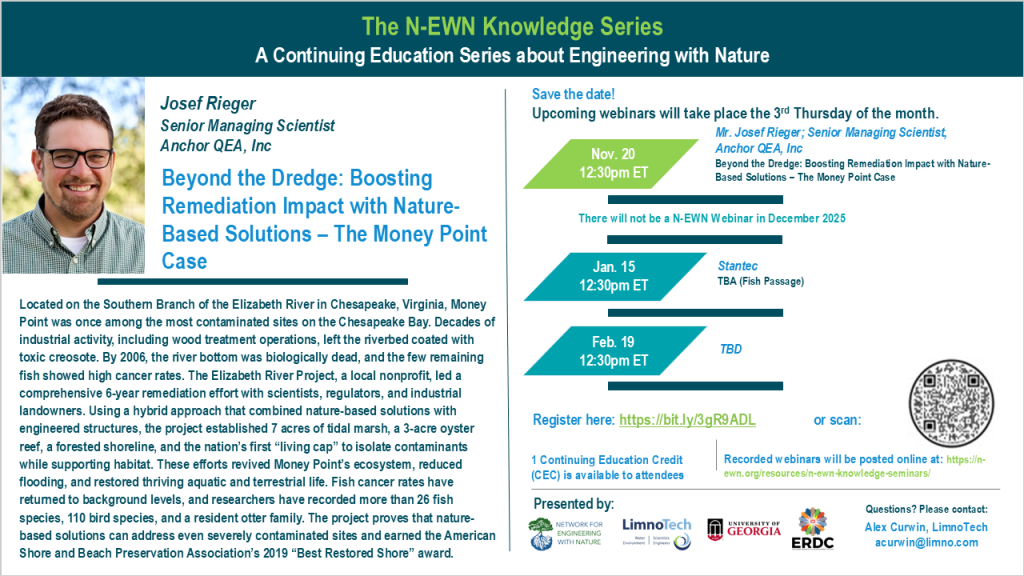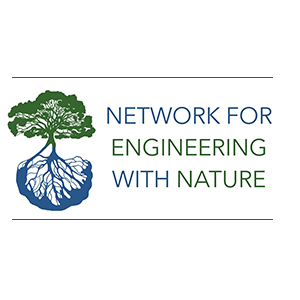Located on the Southern Branch of the Elizabeth River in Chesapeake, Virginia, Money Point was once among the most contaminated sites on the Chesapeake Bay. Decades of industrial activity, including wood treatment operations, left the riverbed coated with toxic creosote. By 2006, the river bottom was biologically dead, and the few remaining fish showed high cancer rates. The Elizabeth River Project, a local nonprofit, led a comprehensive 6-year remediation effort with scientists, regulators, and industrial landowners. Using a hybrid approach that combined nature-based solutions with engineered structures, the project established 7 acres of tidal marsh, a 3-acre oyster reef, a forested shoreline, and the nation’s first “living cap” to isolate contaminants while supporting habitat. These efforts revived Money Point’s ecosystem, reduced flooding, and restored thriving aquatic and terrestrial life. Fish cancer rates have returned to background levels, and researchers have recorded more than 26 fish species, 110 bird species, and a resident otter family. The project proves that nature-based solutions can address even severely contaminated sites and earned the American Shore and Beach Preservation Association’s 2019 “Best Restored Shore” award.

The Network for Engineering With Nature® (EWN) invites you to the N-EWN Knowledge Series: A Continuing Education Series about Engineering with Nature—Beyond the Dredge: Boosting Remediation Impact with Nature-Based Solutions – The Money Point Case, presented by Mr. Josef Rieger, Senior Managing Scientist with Anchor QEA, Inc. This 1-hour Zoom webinar will take place November 20, 2025 at 12:30pm ET.
For previously recorded seminars, please visit the N-EWN Seminars page.


